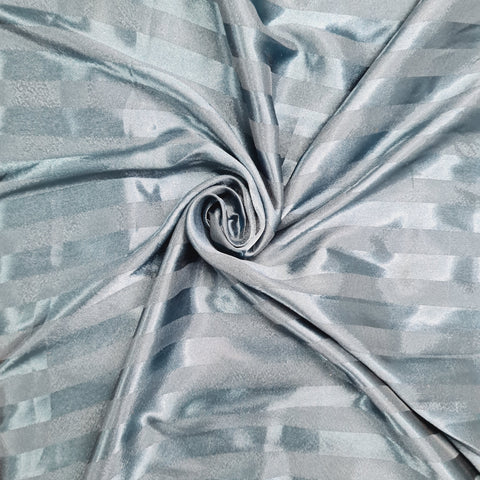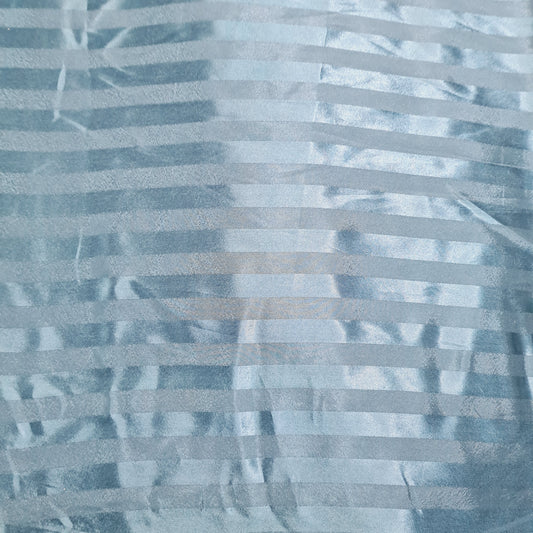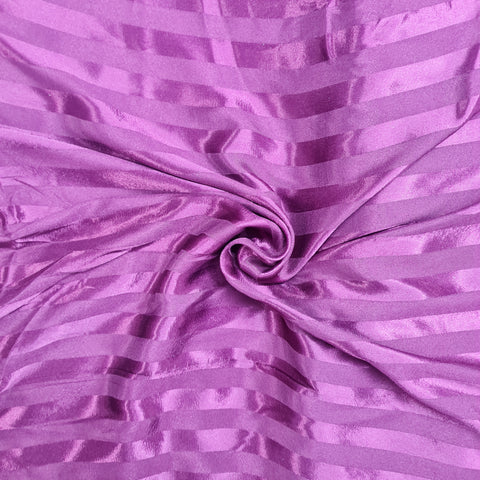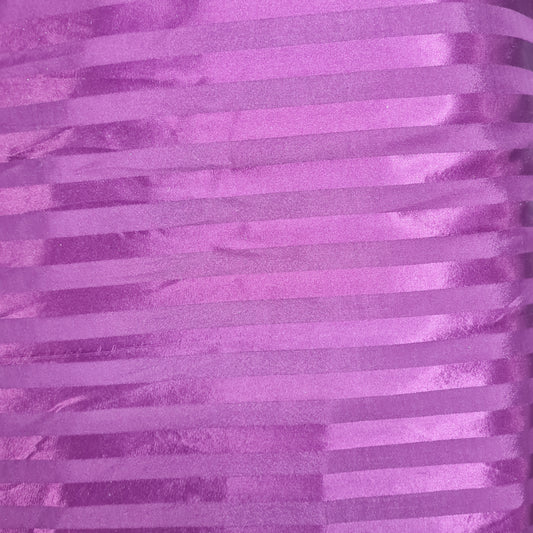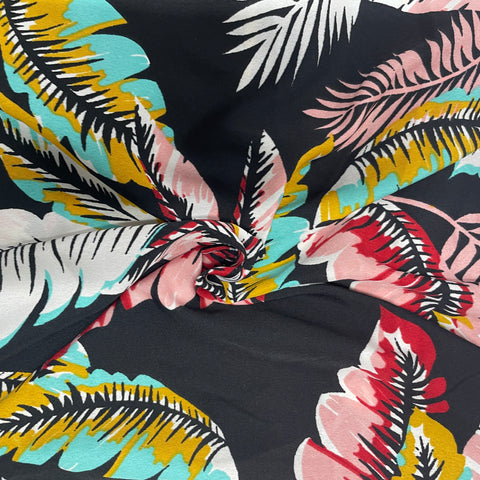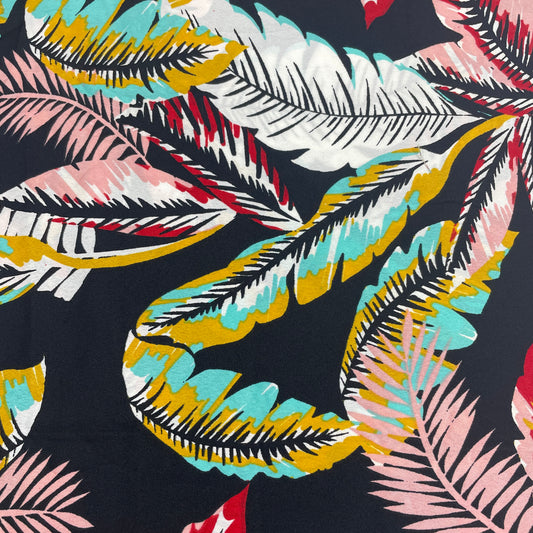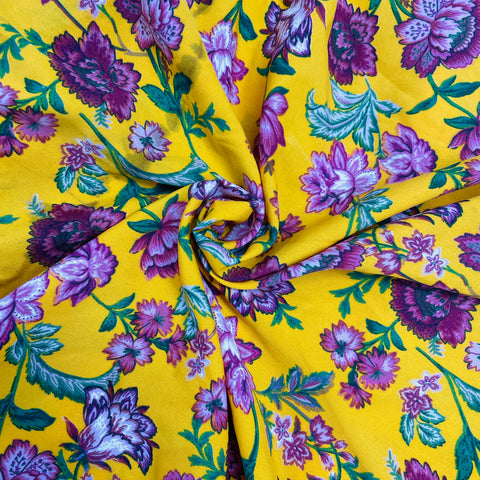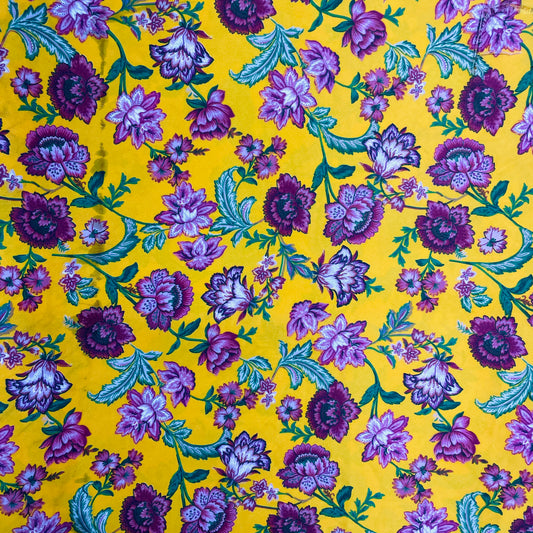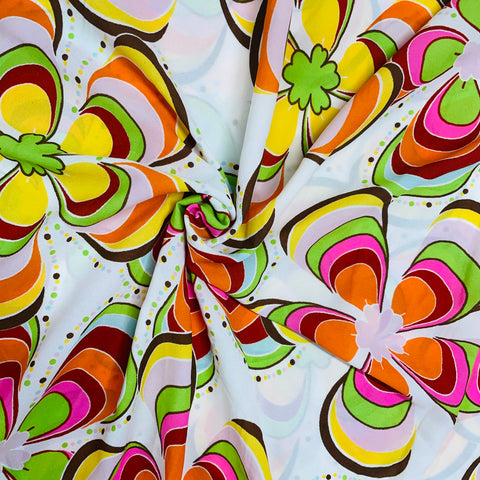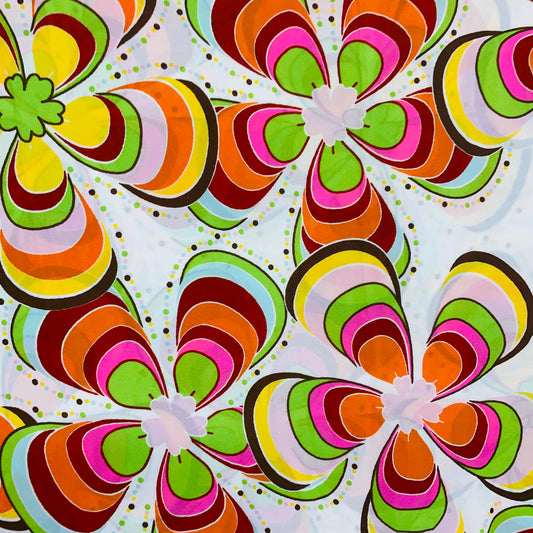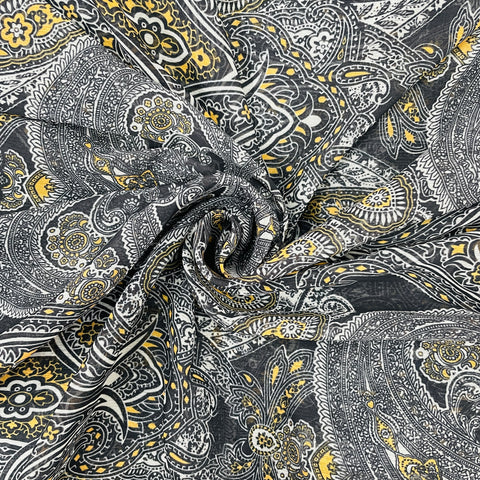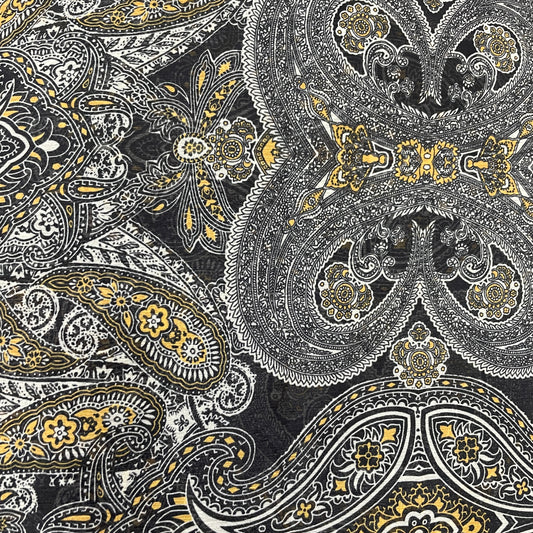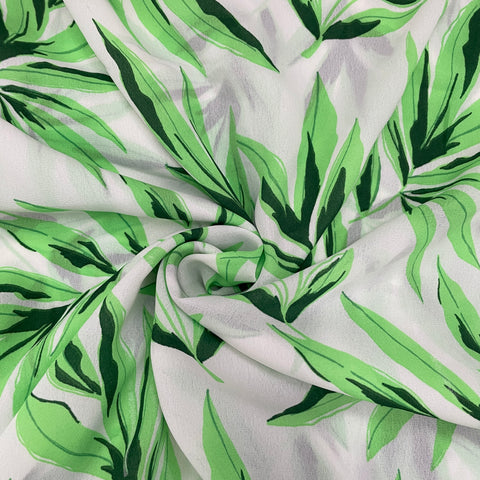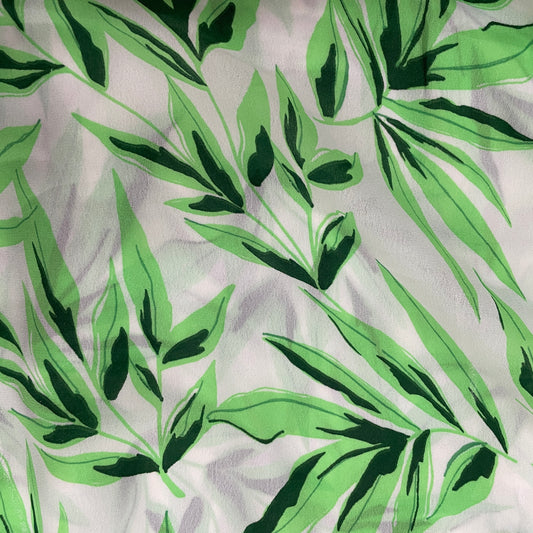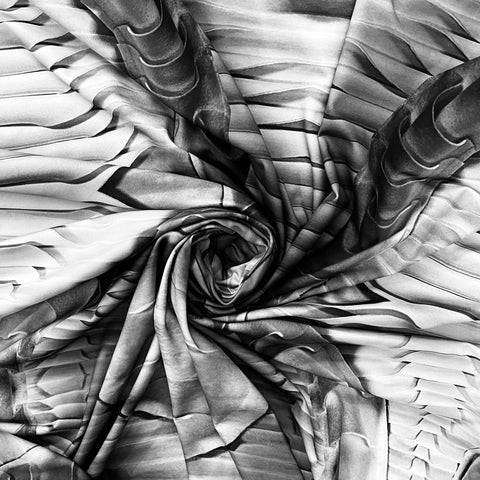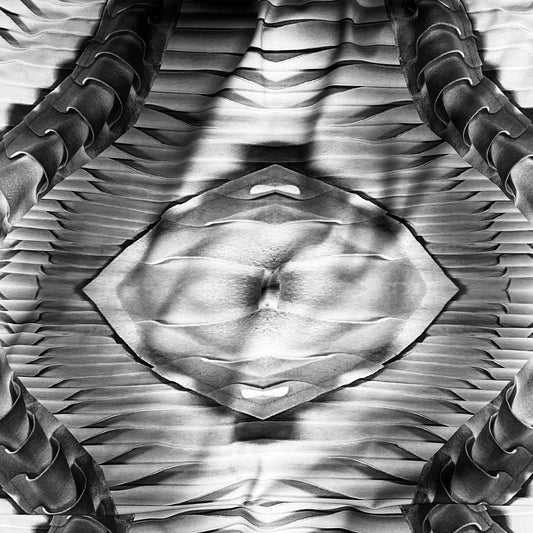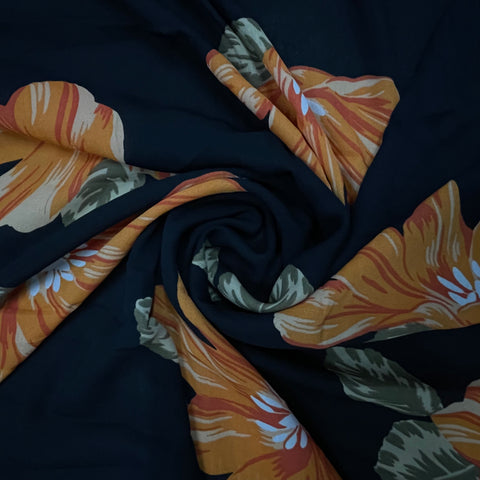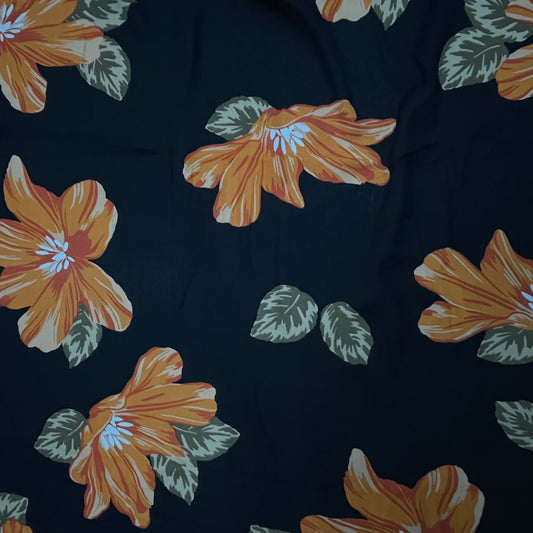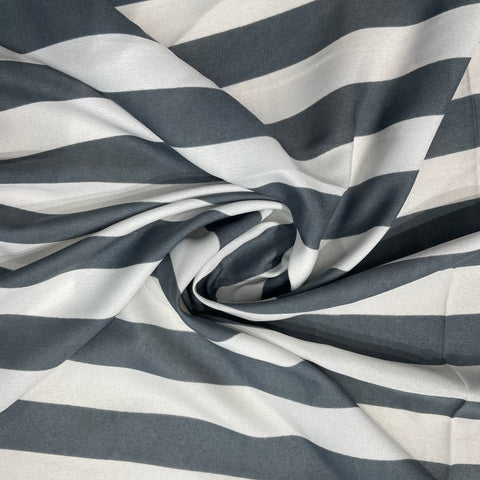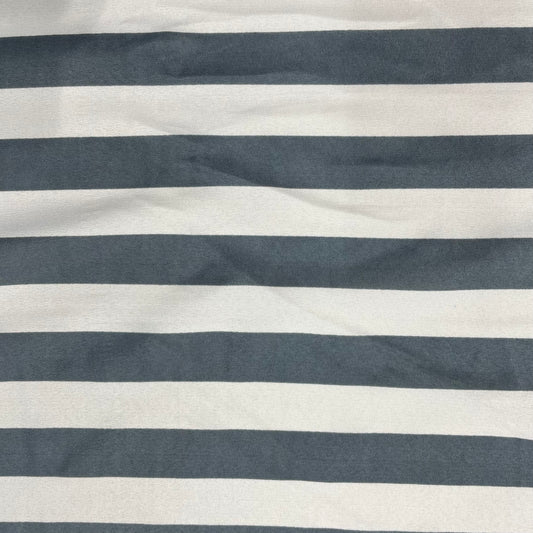Introduction About Bulk Fabric Purchase
Bulk fabric purchases refer to buying large quantities of textiles directly from suppliers and manufacturers rather than smaller pre-cut increments from retailers. For event planners requiring metres of consistent decor materials from tablecloths to chair coverings, buying fabric in bulk proves indispensable for executing flawless events cost-effectively.
Bulk purchases offer savings over retail pricing, guarantee needed volumes are in stock, and unlock customisation opportunities through wholesale partnerships. Planning is key to leveraging advantages unique to bulk textile procurement.
Benefits of Bulk Fabric Purchases
Several compelling benefits arise when event planners buy fabric in bulk:
Cost Savings:
- Bulk fabric is priced per metre at wholesale rates, which are significantly discounted compared to buying individual cuts from retailers. Retailers markup fabrics to cover their overhead, while bulk buys directly from suppliers cut out the middleman markup.
- Cost per metre can be discounted upwards of 40-50% for bulk purchases in large quantities versus small quantity retail purchasing.
- Buying 100+ metres from a supplier can access their lowest tier pricing—the more purchase commitment, the better the discount.
- For high-volume events requiring 500+ metres, additional price breaks may be negotiated by working directly with a fabric mill.
Consistency in Color and Texture:
- When buying bulk, entire dye lots are purchased, guaranteeing uniformity across the batch. Retailers can sell remnants from multiple dye lots with slight variances.
- For decor elements like tablecloths, texture and colour consistency are vital to creating a cohesive, polished look throughout an event space.
- Dye lot integrity eliminates the risk of visible colour tone or texture variations under lighting, which would look disjointed.
- Bulk often buys reserve inventory, ensuring the same fabric bolts are used across multi-phased instalments.

Customisation Options:
- Bulk fabric minimums provide access to customised branding prints and unique pattern designs that suppliers offer in-house.
- Custom digital printing applied to apparel and decor elements helps tie together event theming exclusively through bulk supplier partnerships.
- Minimums for custom prints, as low as 30 metres, become accessible to event teams versus much higher minimums for one-off custom orders.
Timely Availability:
- Communicating measurement needs and event timing to suppliers when bulk ordering ensures inventory can be pulled, reserved and ready to ship to meet deadlines.
- For large events, guaranteed availability prevents last-minute shortages or hasty substitutions if specific textiles sell out at retailers.
- The supplier can produce and queue additional metres from reserved dye lots over phased instalments as required.
Taking advantage of bulk fabric purchase benefits requires planning and partnership between events teams and textile suppliers. However, the cost-effectiveness and reliability dividends make this strategy invaluable for executing events fluidly to wow attendees through decor details possible when buying fabric in quantity.
Types of Fabrics Suitable for Different Events
Certain fabrics prove more suitable for event planning across diverse applications. Prime characteristics to evaluate appropriateness include durability, stain resistance, ease of cleaning, decorum balancing aesthetics, budgets, and practicality governing usage span.
- For table linens, polyester or cotton/poly blends offer affordable durability, resisting stains, frequent laundering and abrasions from cutlery. Linen introduces natural refinement for upscale dining but requires special handling to prevent creases or shrinking. Satin, taffeta, and stretch fabrics create elegantly fitted table coverings and customisable chair sashes through digital sublimation printing.
- Casual outdoor events and picnic decor favour resilient oilcloth checking moisture, spills and heavy usage, while budget poly blends suffice indoors. Performance technical fabrics like coated nylons flex for tents and sails, braving weather elements.
- Corporate trade show backdrops and signage demand high-quality silks, canvas, velvet, or printed synthetics, communicating luxury branding combined with tight professional seamwork on rigid frames.
- Weddings call for ultimate ornate formal fabrics like silks, chiffon sheers, lace overlays and tulle, conveying timeless elegance.
- Charity galas benefit from damask cotton, satin and velvet, reflecting formality on a budget. Custom printing table runners and napkins are personalised via names or donor tiers.
Any public-facing fabrics should meet safety standards governing public occupancy facilities and events. Consult local ordinances and venue regulations when sourcing specialised fire retardant, hypoallergenic or antimicrobial textiles where code warrants. Match size requirements to space practically, index pricing to budgets, and customise for thematic cohesion across designed experiential elements, blending fabrics seamlessly into holistic environments.

Tips for Storage and Handling
Here are some tips for correctly storing and handling bulk fabric purchases for events:
Proper storage conditions help preserve fabric integrity and prevent damage. Ideal conditions include:
- Clean, dry space away from dust and moisture
- Consistent moderate temperature between 60-75°F
- Low humidity, around 50% or less
- Dark or low light to avoid fading, especially for silk and delicate textiles
- Airing out fabric before storage so no residual moisture or chemicals remain
- Folding versus hanging wovens, while knits and elastics store flat
- Loose or rolled packing to avoid creases becoming set
Inventory management enables efficient access to the right fabrics and yardages when needed.
- Log fabrics into a centralised database detailing yardage, colours, patterns, quantities, storage locations, etc.
- Photograph bolts for visual ID and label storage areas clearly
- Track inventories with running balances accounting for usage
- Cycle older stock first using the FIFO method on periodic rotations
- Monitor minimum thresholds and reorder points to prevent stockouts
- Create picking lists for installers to streamline pulling needed fabrics per project
- Cross-utilise fabrics between events when suitable to maximise utilisation
Proper conditions prevent degradation, while inventory control systems help capitalise on bulk investments through oversight, minimising waste, and keeping desired textiles ready for events with military precision.
Conclusion
Strategically buying fabric in bulk enables event planners to achieve significant cost savings, customisation, and supply chain reliability, which is essential for beautifully executing events through textiles. Careful coordination with suppliers unlocks advantages unique to large-volume direct purchasing, making exploring bulk fabric partnerships well worth the effort and planning. TradeUNO offers a wide range of options. So, leap and explore the world of bulk fabric purchases with TradeUNO for your next event.
 Call Us
Call Us


